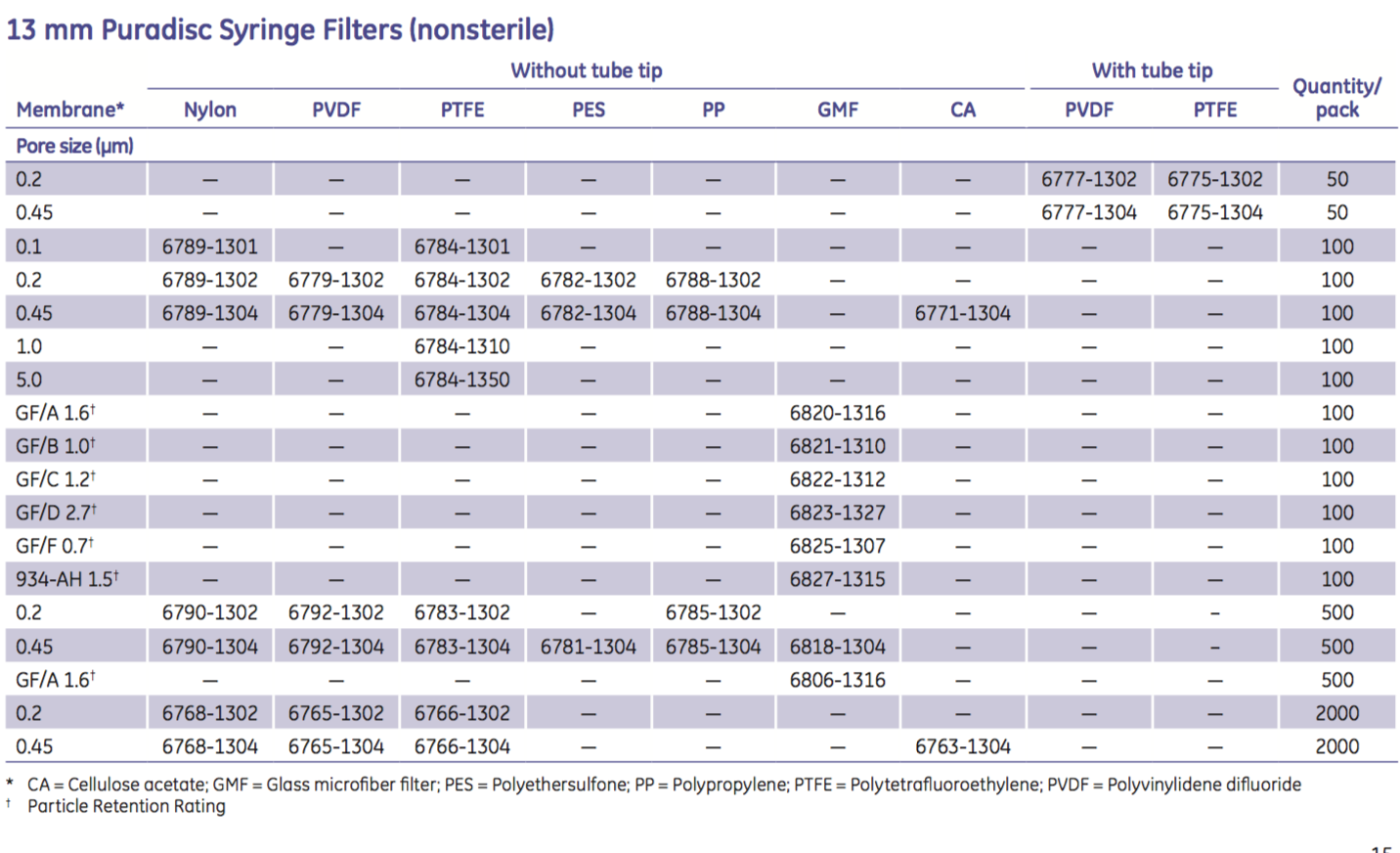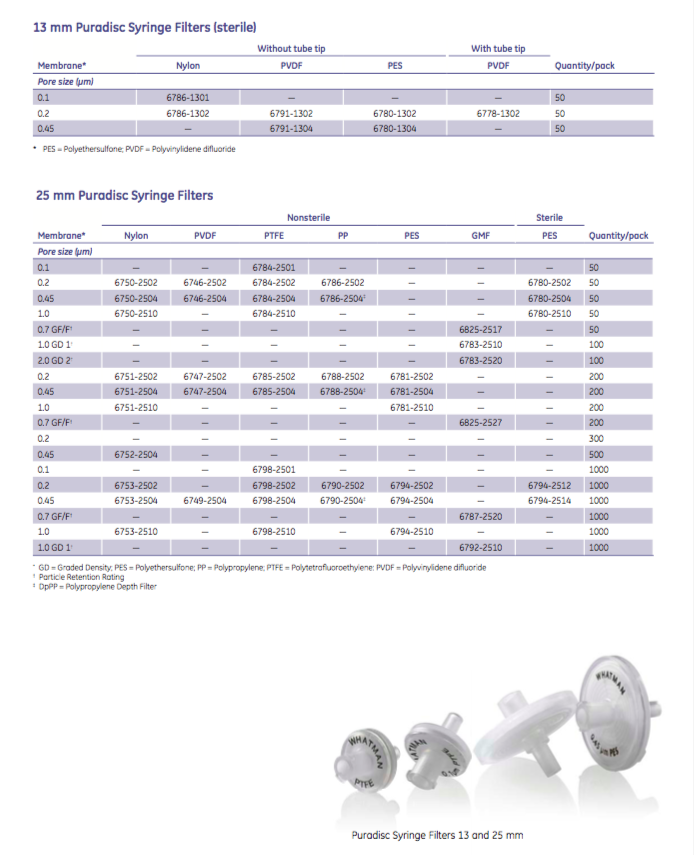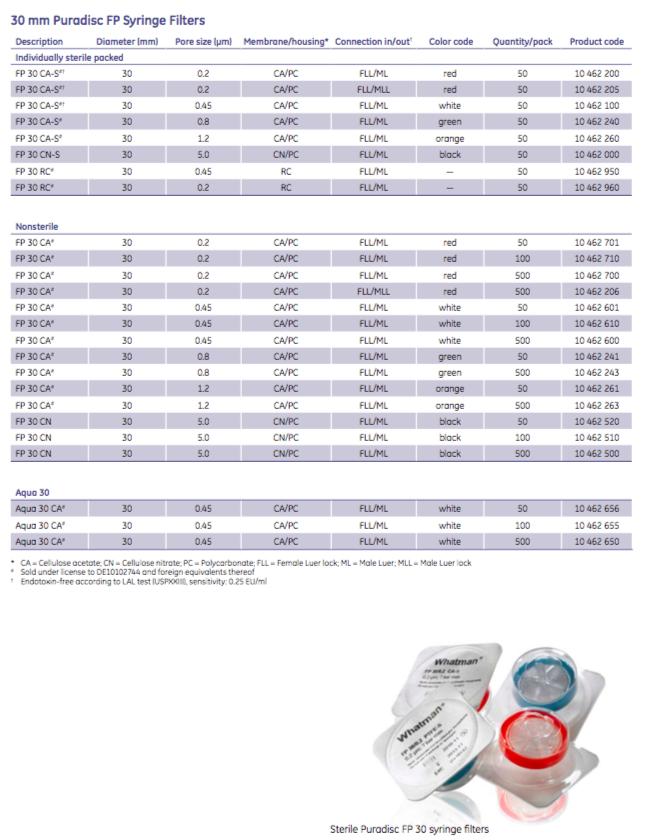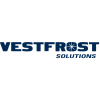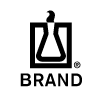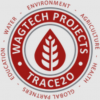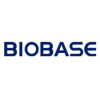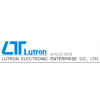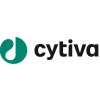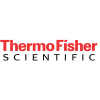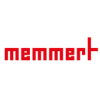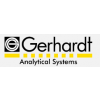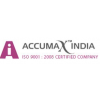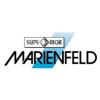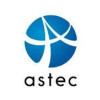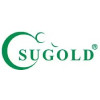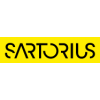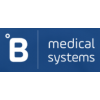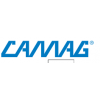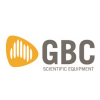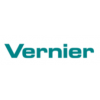Cytiva-Whatman Puradisc Syringe Filters
Puradisc Syringe Filters combine premium quality and economy. They are designed for the quick, efficient filtration of samples up to 100 ml volume.
Puradisc Syringe Filters
Puradisc Syringe Filters are designed for the quick, ef cient ltration of sample volumes up to 100 ml.
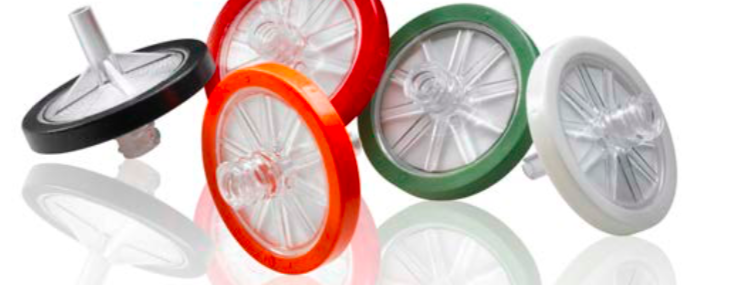
Puradisc 4
-
4 mm diameter syringe lter
-
Sample volume up to 2 ml
-
Low hold-up volume < 10 μl ensures maximum sample recovery
-
Minimized nonspeci c binding to membrane (due to small
membrane size)
Puradisc 13
-
13 mm diameter syringe lter
-
Sample volume up to 10 ml
-
Low hold-up volume < 25 μl ensures maximum sample recovery
Puradisc 25
-
25 mm diameter syringe lter
-
Sample volume up to 100 ml
Puradisc FP 30
-
30 mm diameter
-
Larger ltration area (44% greater in comparison to 25 mm)
-
Designed for aqueous samples
Puradisc FP 30 may be used for:
-
Filtration of protein-containing solutions with minimal protein loss (CA membrane)
-
Removal of cellular constituents from solution
Puradisc Aqua 30
These lters contain prewashed membrane to minimize background carbon levels in COD and DOC analysis.
Features and benefits
- Pigment-free polypropylene (or polycarbonate for Puradisc FP and Aqua 30)
- Choice of membrane or glass micro ber lter media for wide solvent compatibility
- Sterile option (blister pack) for critical applications
- Tube-tip format (optional) for accurate dispensing into a microvial
- Choice of lter sizes (4 to 30 mm)
- Standard inlet and outlet Luer connectors
- Adhesive-free seals eliminate potential sample contamination
Possible applications
- HPLC samples containing low solid content— ltration will improve column life
- CE (capillary electrophoresis) samples— ltration will eliminate spurious peaks
- Sterile ltration of low volume samples
- Biological sample preparation
- UV/Vis samples— lter directly into cuvette using tube tip
- Refractometry— lter samples to prevent damage to instrument optics and improve accuracy of results
- Buffer solutions
- Salt solutions
- Tissue culture media
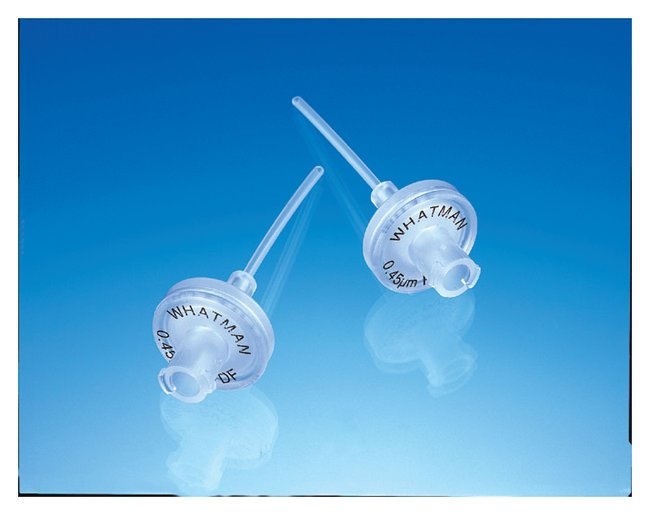
Typical data
Ordering information

